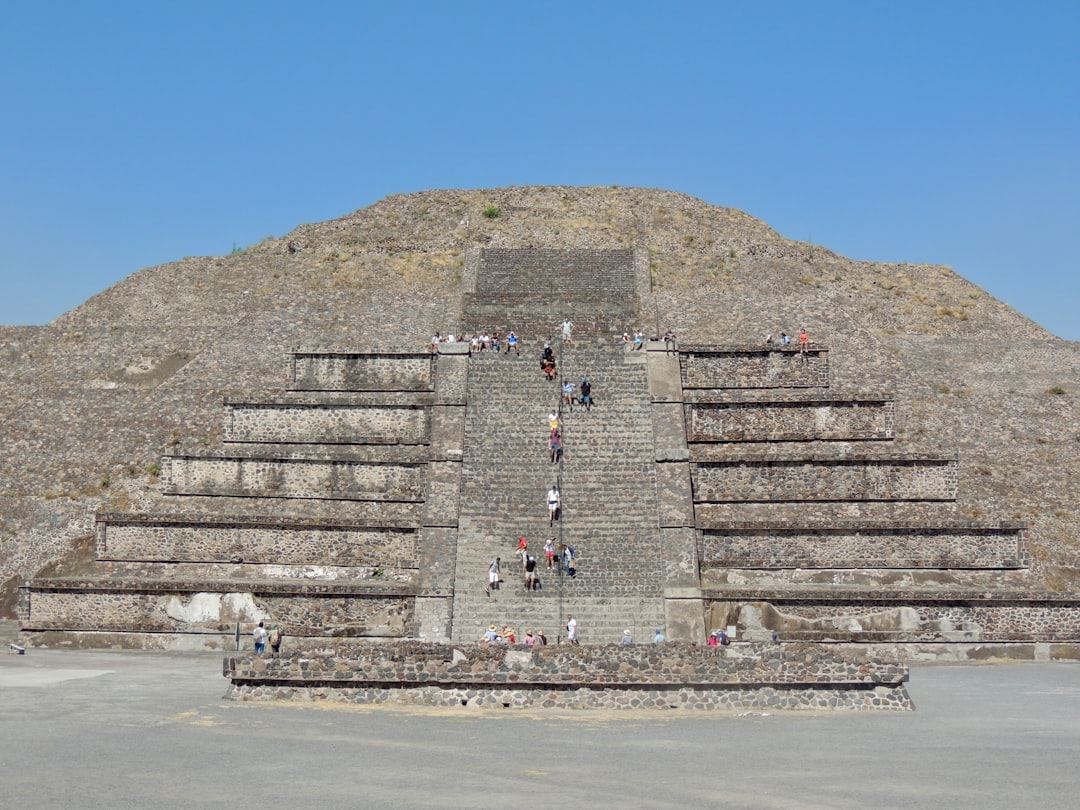What is it about?
The Altai Mountains straddle 4 countries - China, Kazakhstan, Mongolia & Russia. Modern border controls mean that the mountains are seen as a 'natural barrier' to movement in prehistory and thus also cultural contact. By mapping routes in Geographic Information Systems (GIS) and comparing them to the locations of rock art in all 4 countries, this paper identifies several major paths over the modern borders that could have been used in prehistory.
Featured Image

Photo by Yura Lytkin on Unsplash
Why is it important?
This paper demonstrates that: a) it was possible for people to travel throughout the Altai and reach neighbouring areas in all 4 countries; b) from the Neolithic onwards, various people used these routes, including hunter-gatherers and herders. In addition, there is no evidence that the Chinese part of the Altai was less accessible than the Kazakh, Mongol & Russian parts - this most likely reflects a division between Russian-speaking and Chinese-speaking research.
Read the Original
This page is a summary of: Movement across a ‘mountain barrier’: Mapping accessibility with rock-art and GIS in the Altai Mountains, Eastern Eurasia, Journal of Archaeological Science Reports, October 2019, Elsevier,
DOI: 10.1016/j.jasrep.2019.101979.
You can read the full text:
Contributors
The following have contributed to this page










